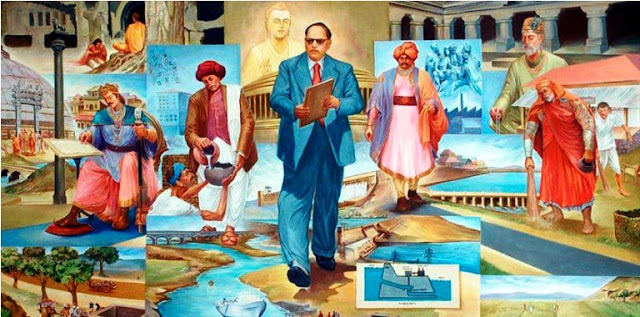sanvidhan kise kahate hain : The constitution of any country is a basic means of protecting the political system, judicial system and interests of the citizens of that country.
Through which the direction of development of that country is determined. The sanvidhan is the fundamental law of any country, which determines the outline and main functions of the various organs of government.
sanvidhan kise kahate hain
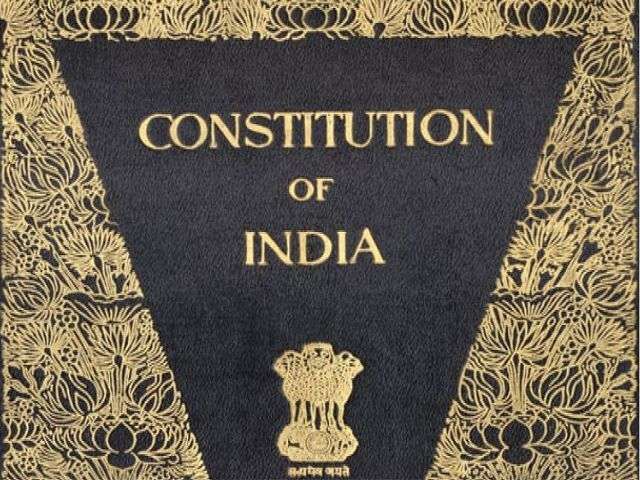
what is the meaning of a written constitution?
The entire country’s governance system is controlled by the constitution, there are two types of sanvidhan, one written and the other unwritten, the world’s first written sanvidhan is of the United States of America, and the world’s largest written sanvidhan is of India.
Shri Satchidanand Sinha was elected as the Provisional President of the Constituent Assembly of India, after that Dr. Rajendra Prasad was made the permanent President of the Constituent Assembly, Dr. Bhimrao Ambedkar was the Chairman of the Drafting Committee of the Constituent Assembly.
- Who is the constitution(sanvidhan kise kahate hain)?
- What is meant by written constitution?
- Which is the longest and shortest constitution?
We are telling you about this in detail on this page.
What is Constitution OR sanvidhan kise kahate hain?
The rules set by a country or institution, through which that country or institution can run smoothly, it is called the constitution of that country or institution.
The constitution of any country is a basic framework to protect the interests of citizens, political system, justice system of that country, through which the direction of development of that nation is determined.
Don’t Miss : loktantra kise kahate hain
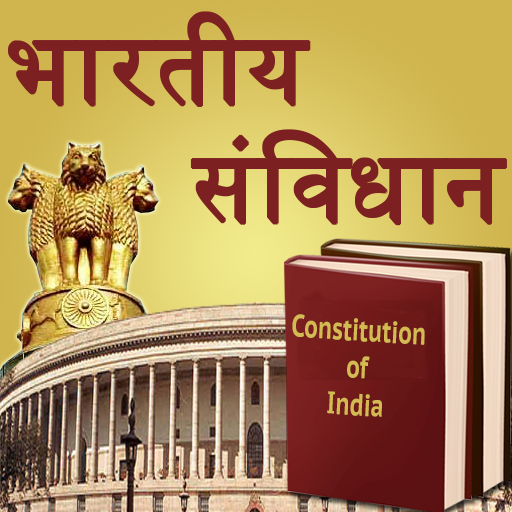
Which is the longest and shortest constitution?
- The Constitution of India is the longest written sanvidhan in the world.
- The English language version of this written constitution has a total of 146,385 words.
- There are 448 articles in 25 parts. There are 12 schedules and 104 are amendments.
- The shortest written sanvidhan based on the same words is the Constitution of Monaco.
- In which there are 10 chapters with only 97 articles. And there is only 3814 words.
- At the same time, 4,543 words are present in the US Constitution.
- Which is said to be the oldest constitution in the world.
- Constitution of India – sanvidhan kise kahate hain
- The Constitution of India, partially implemented by the Constituent Assembly on 26 November 1949
- and fully implemented on 26 January 1950 throughout the country,
- is celebrated every year as Republic Day on 26 January,
- the sanvidhan of India is the world’s largest The largest written constitution is,
- the Indian constitution has 22 parts, 444 articles,
- and 12 schedules,
- but at the time of making the sanvidhan it had 22 parts,
- 395 articles and 8 schedules.
sanvidhan kise kahate hain?
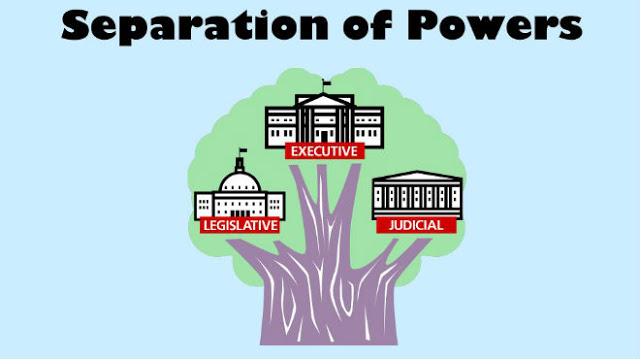
A written sanvidhan is a written document made to govern a country well, in which provisions are given to fully govern the governance system of that country,
it is the basis of the governance of the nation, through which that nation The character, organization is determined, the political background of the country is formed on the basis of the sanvidhan or sanvidhan kise kahate hain,
Constitution is said to be that great book dedicated to the nation, in which all the rules are in writing and on the basis of those rules, the whole country is governed, no person or organization can disobey those rules.
Who was the author of Indian Constitution?
Dr. Bhimrao Ambedkar was the author of the Indian sanvidhan.
After independence, the Drafting Committee was established on 29 August 1947 for the formulation of the Indian Constitution.
It was headed by Dr. Bhimrao Ambedkar. He studied all the constitutions of the world. and drafted the Indian Constitution.
Types of constitution & sanvidhan kise kahate hain
The word sanvidhan is used in two forms. It is both compressed and expanded form. The Constitution of England in detail is a witness.
This sanvidhan contains all the rules related to administration. But some of these rules also have such rules. Which are honorable and not enforceable by the court.
These rules, beyond the law, have their origins in traditional stories, customary practices and stereotypes.
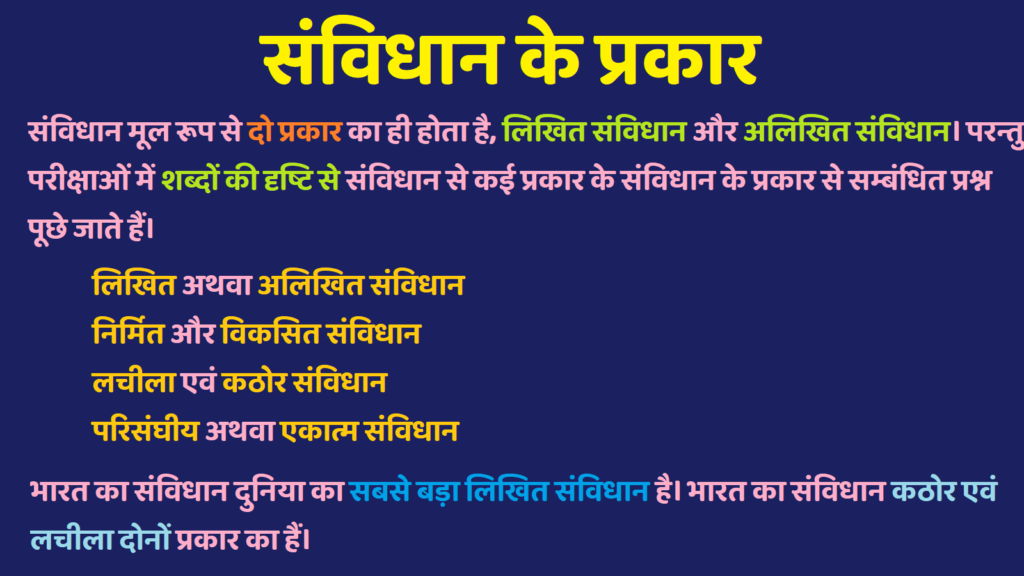
The examples of the same narrow form are the sanvidhan of India and the United Nations. In these constitutions, there are only rules for the management of the people and the administration.
This constitution is basically a written form of governance of a nation or country. In which laws and rules are written to establish discipline in the administration of that country.
What are written and unwritten constitution?
sanvidhan can be both written and unwritten.
There are many countries in the world whose constitution is present in written form, but there is no shortage of such countries.
Whose constitution is not available in writing. Such a sanvidhan is called an oral or unwritten constitution.
Don’t Miss : Sanchar kise kahate hain
What is a written constitution?
Countries whose rules and regulations of discipline in governance and administration are available in the form of papers in writing. Such a sanvidhan is called a written constitution.
What is an unwritten constitution?
When the rules and regulations of discipline in the governance and administration of a country and nation are not available written or written in any one document.
Such a constitution is called an oral or unwritten sanvidhan. The sanvidhan of such a nation is written in more than one document or memorized orally.
Don’t Miss : loktantra kise kahate hain
Characteristics of Indian Constitution
The constitution of each country has its own characteristics, with the help of which information can be obtained about the entire system of that country.
The same thing can be said about the sanvidhan of India. The Indian sanvidhan has been made by a special Constituent Assembly, and most of the things in this Constitution are in writing.
From this point of view, the Indian sanvidhan is equivalent to the American sanvidhan.
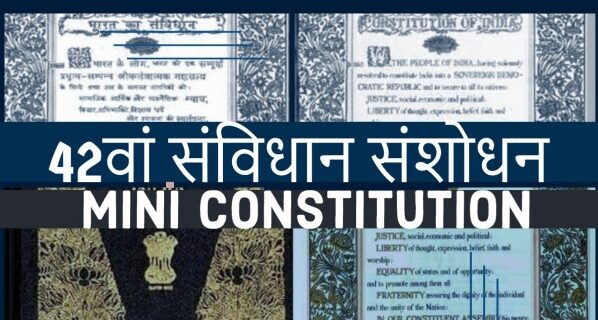
It took 2 years 11 months 18 days to write the sanvidhan of India.
The Indian Constitution is the largest written constitution in the world, and it has many features, due to which it is different from other countries.
The main features of the sanvidhan OR sanvidhan kise kahate hain are as follows-
1. Largest written constitution
The Indian sanvidhan is the longest written sanvidhan in the world. At present, this sanvidhan has a total of 450 articles (divided into 24 parts) and 12 schedules, a preamble and 5 appendices.
A total of 177369 words are included in the Indian sanvidhan.
The main reason for the vastness of the Indian Constitution is its wide geographical area (about 32,87,263 square kilometers),
a single constitution for the Center and the states, caste and linguistic features (about 2000 castes and 45,000 sub-castes and 1652 languages)
and the high number of lawyers in the Constituent Assembly. number and effect.
Don’t Miss : Sanchar kise kahate hain
2. Coordination of Flexibility and Rigidity
Indian Constitution is a combination of flexibility and rigidity, it is neither too rigid like America, France, Japan and Switzerland nor too flexible like Britain and Israel.
Indian Constitution is a strange mixture of flexibility and rigidity. In the Constitution of India, the election of the President (Articles 54 and 55),
the executive power of the Union and the States (Articles 73 and 162)
and the process of amending the sanvidhan (Articles 368) show the virtue of inflexibility, the same as the creation of new states and its boundaries.
and amendment of provisions like citizenship, which are done by simple majority.
Only 27 amendments have been made in the US sanvidhan in the last 225 years and 8 amendments have been made in the Australian sanvidhan in 110 years,
while 122 constitutional amendments have been done in the sanvidhan of India till 2017.
3. Unified and Independent Judiciary
The sanvidhan of India provides for a unified as well as independent judiciary best system. The Supreme Court of India is the Supreme Court.
It has power over all the courts of India. This is followed by the High Court, the District Court and the Lower Court.
Some provisions have been made in the sanvidhan to protect the judiciary from any kind of influence.
4. sanvidhan Made From Various Sources
Country and foreign sources have been taken in the making of the Indian sanvidhan, but the Indian Government Act 1935 has the most influence on the Indian sanvidhan.
About 250 articles have been taken from the Government of India Act 1935 in the making of the Indian sanvidhan.
Apart from this, the provisions of 60 world constitutions have also been included in it.
5.Secular Countries
The meaning of the word secular country is that all religions existing in India will get equal protection and support in the country.
In addition, the government will treat all religions equally and provide them with equal opportunities.
6.Fundamental Duties
Fundamental duties have been included in the sanvidhan under the 42nd Constitutional Amendment Act (1976). For this a new Part IV-A was created and ten duties were included under Article 51-A.
This provision tells the citizens that while exercising the rights, they should also discharge their duties.
7.Parliamentary Form of Government
According to the sanvidhan, there is a parliamentary form of government in India.
India has a legislature with two houses, Lok Sabha and Rajya Sabha.
In the parliamentary form of government, there is no clear distinction between the powers of the legislative and executive organs. The head of government in India is the Prime Minister.
8.Single Citizenship
Like countries like Britain, France, China etc.,
Indian sanvidhan provides for single citizenship for Indians. There is a provision of dual citizenship in about 90 countries of the world, in which a person can hold the citizenship of two countries at the same time.
The maritime citizenship granted to NRIs and Persons of Indian Origin since December 2005 is by no means a dual citizenship,
as the person with seafaring citizenship has not been granted the right to hold any political and public office in India. sanvidhan kise kahate hain has gone.
9.Universal Adult Suffrage
Every citizen above the age of 18 years residing in India has the right to vote without discrimination on the basis of caste, religion, race, sex, literacy etc.
Universal adult suffrage removes social inequalities and upholds the principle of political equality for all citizens.
10.Emergency Provisions
The President has been empowered to take certain steps to deal with any extraordinary situation in the country. After the imposition of emergency, the states become completely under the central government.
According to the need, emergency can be imposed in some states of the country or in the whole country.
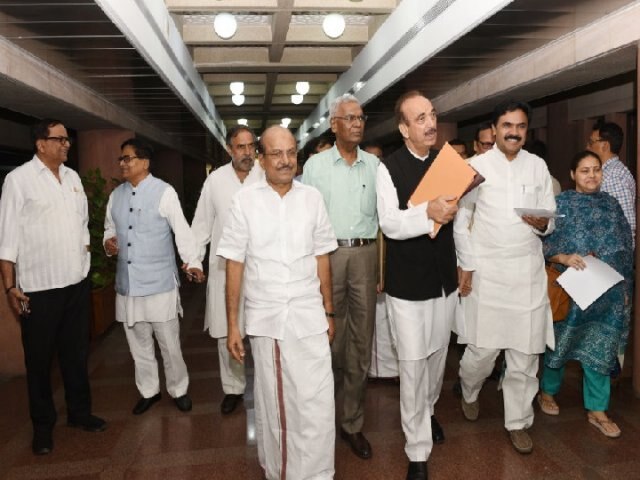
Schedules of the Indian sanvidhan
Originally there were 8 schedules in the Indian sanvidhan OR sanvidhan kise kahate hain. Later, the total increased to 25. The schedules are given in the table:
| Indian sanvidhan Schedules 1 from 12 |
| 1st Schedule – List of States and Union Territories and their Territories |
| Second Schedule – President, Governors, Speakers of States, Speakers and Speakers of Lok Sabha Deputy Speaker and Speaker and Deputy Speaker of the Council of States and Speaker and Deputy Speaker and Speaker of the Legislative Assembly Deputy Speaker of the Legislative Council of a State, Judges of the Supreme Court and High Courts and the Comptroller and Auditor General of India List of States and Union Territories and their territories. |
| Third Schedule – Form of Oath. |
| Fourth Schedule– Provision for the allocation of seats in the Council of States. |
| Fifth Schedule – Provision for administration and control of Scheduled Areas and Scheduled Tribes. |
| Sixth Schedule – Provisions for the Administration of Tribal Areas in the States of Assam, Meghalaya, Tripura and Mizoram. |
| Seventh Schedule – Union List, State List and Concurrent List. |
| Eighth Schedule – List of recognized languages. |
| Tenth Schedule – Provision for disqualification on grounds of defection No. |
| Eleventh Schedule – Powers, Rights and Responsibilities. |
| Twelfth Schedule – Powers, Powers of Municipalities and Responsibility. |
Significant amendments to the Indian sanvidhan
sanvidhan kise kahate hain : A total of 104 amendments have taken place since the inception of the sanvidhan in 1950.
| revision | details |
| First Amendment Act, 1951 | Changes in the provisions of the Fundamental Rights of the sanvidhan |
| Second Amendment Act, 1952 | Article 81 amended to remove the prescribed limit of 7,50,000 for a member to be elected to the Lok Sabha. |
| Third Amendment Act, 1954 | Changes in the Seventh Schedule to the three Legislative Lists and the replacement of entry 33 in the Concurrent List by a new one. |
| Fourth Amendment Act, 1955 | Article 31 and 31A amended |
| 5th Amendment Act, 1955 | Article 3 amended |
| 7th Amendment Act,1956 | This amendment was made to implement the States Reorganization Act |
| 9th Amendment Act, 1960</td > | It provided for the transfer of certain territories of India to Pakistan under an agreement between India and Pakistan |
| 1 0th Amendment Act, 1961 | Tenth Amendment unifies the territories of free Dadra and Nagar Haveli with the Union of India |
| 11th Amendment Act, 1962< /td> | The Vice-President is elected by the Electoral College by members of both the Houses of Parliament rather than by joint sitting of Parliament. |
| 21st Amendment Act, 1962 | The areas of Goa, Daman and Diu were included in the Indian Union. |
| 13th Amendment Act, 1962, | Nagaland As a State of the Union of India. |
| 15th Amendment Act, 1963 | Retirement age of High Court Judges increased from 60 to 62 and Other Minor Amendments |
| 21st Amendment Act, 1967 | Sindhi included in Eighth Schedule as 15th Regional Language |
| 26th Amendment Act, 1971 | Abolished the titles and privileges of former princely states. |
| 31st Amendment Act, 1973 | Increased alternate strength of Lok Sabha from 525 545. |
| 36th Amendment Act, 1975, | make Sikkim a state of the Indian Union. |
| 38th Amendment Act, 1975, | President can declare emergency |
| 42nd Amendment Act, 1976, | Gave primacy to the Directive Principles for Supremacy for Parliament and Fundamental Rights. It also added 10 Fundamental Duties to the sanvidhan. From the Preamble of the sanvidhan, “Sovereign Democratic Republic” to “Sovereign Socialist Secular Democratic Republic” and to increase the unity of the nation |
| 44th Amendment Act, 1978 | Restored normal term of Lok Sabha and Assemblies to 5 years.Right to property removed from Part III< /td> |
| 45th Amendment Act, 1980, | Extension of SC/ST reservation for 10 years (upto 1990). |
| 56th Amendment Act, 1987 | sanvidhan of India The Hindi version of the knowledge was adopted for all the purposes provided for in the Union Territory of Goa. |
| 61st Amendment Act, 1989 | |
| 73rd Amendment, 1993 (Municipal Bill), 1992 ( Panchayat Bill) |
Gram Sabha in villages, sanvidhan of Panchayats at village and other levels, direct election to all seats of Panchayats and reservation of seats for SC and ST and 5 years tenure for Panchayats To decide. |
| 74th Amendment, 1993 (Municipality Bill) |
Three types of municipalities for SC/ST,Women and OBC The sanvidhan of India and the Reservation of Seats in Every Municipality |
| 86th Amendment Act, 2002 | Related to the insertion of new Article 21A after Article 21.New Article 21A deals with Right to Education. |
| 89th Amendment Act, 2003, | Amendment of Article 338 |
| 91st Amendment Act, 2003 | Article 75 of Amendment |
| 92nd Amendment Act, 2004, | Includes Bodo, Dogri, Santali and Maithili as official languages. |
| 93rd Amendment Act, 2006, | Reservation for Other Backward Classes (OBC) in government as well as private educational institutions (27%). |
| 99th Amendment Act, 2015 | sanvidhan of a National Judicial Appointments Commission |
| 100th Amendment Act, 2015 | |
| 101st Amendment Act, 2017, | Goods and Services Tax came into force |
| 103rd Amendment Act, 2019 | 100% reservation implemented for economically weaker sections of the society for admission in central government run educational institutions and private educational institutions |
Conclusion – sanvidhan kise kahate hain
Our purpose of writing this article (sanvidhan kise kahate hain | who is called the constitution | what is the meaning of the constitution | who was the author of the Indian sanvidhan) is to tell you the meaning and purpose of the constitution in simple language.
The sanvidhan of any country is that article. In which the necessary laws, laws, rules and regulations related to the administration of that country are written.
Dr. Bhimrao Ambedkar was the author of the Indian sanvidhan.
